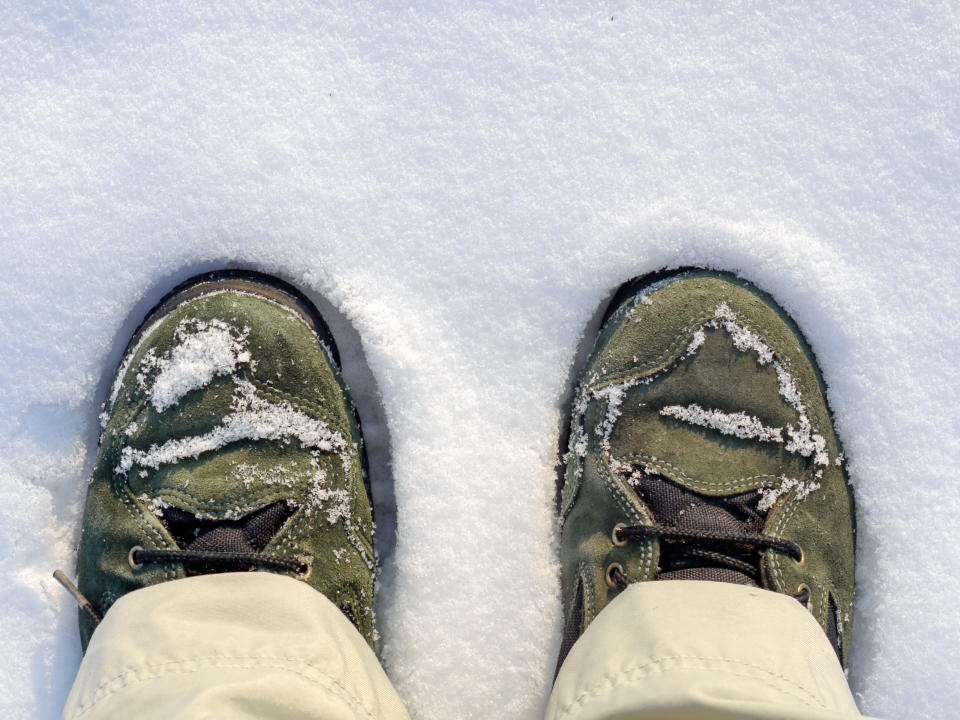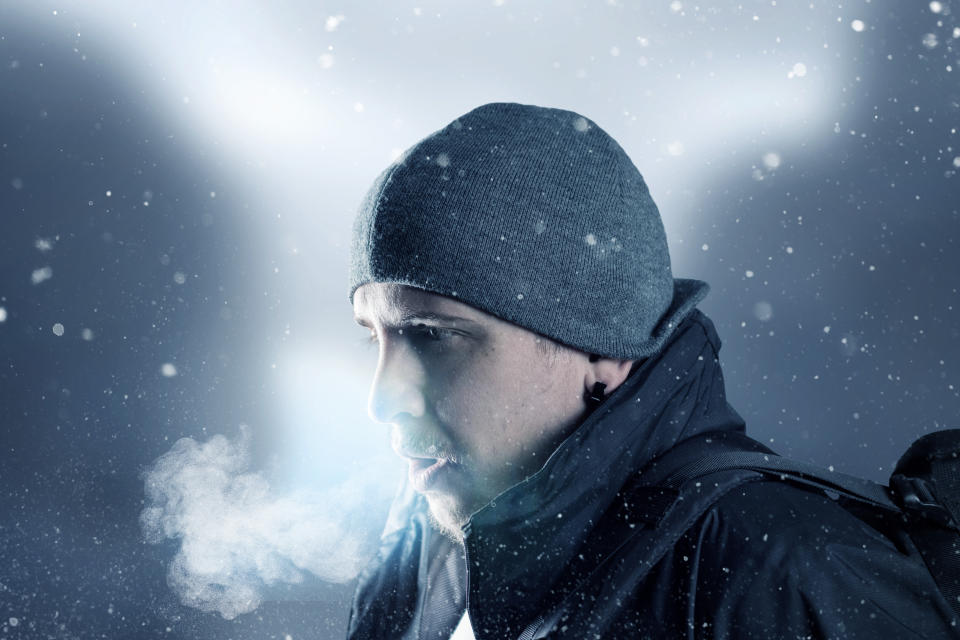Frostbite: How to protect yourself during extreme winter temperatures

As a polar vortex grips a large swath of Canada and the United States with temperatures as low as -50 C with windchill, officials are issuing a reminder of the very real and dangerous consequences of exposure to the cold, including frostbite.
When exposed to cold temperatures, the body can develop frostbite, where skin freezes and becomes numb or discoloured. According to the Centers for Disease Control and Prevention (CDC), frostbite typically affects the nose, cheeks, chin, fingers or toes and can result in permanent tissue damage and in severe cases, amputation.
ALSO SEE: Women need to ‘get mad’ over new Canadian breast cancer screening guidelines: Experts
Symptoms
Frostbite can occur in less than 10 minutes when temperatures reach below -25 C. Oftentimes, people who develop frostbite are unaware they have it. Here’s what to look for if you suspect you might have frostbite:
Discoloured skin; redness, bluish-white or grayish-yellow
Loss of feeling or tingling
“Waxy” looking or unusually firm skin
Numbness

Who is at risk?
The elderly and young children are at an increased risk for developing frostbite due to their impaired ability to produce and retain body heat.
Homeless people are particularly vulnerable during winter, as well as anyone who spends prolonged periods of times outdoors whether for work or pleasure.
Those with health conditions such as diabetes, drug or alcohol abuse and poor circulation can all impact the body’s ability to respond to cold.
ALSO SEE: ‘I had no idea’: Former Team USA hockey player says radon caused her to develop stage 4 cancer
How to treat frostbite
If you suspect you might have frostbite, seek medical attention or relocate to a warm room as soon as possible. To prevent further damage, avoid walking on frostbitten feet or toes as well as rubbing or touching affected area such as hands and nose.
To prevent burning, avoid using a heat lamp, stove, fire or heating pad to warm up. Remove any wet clothing and immerse your affected areas in water that is warm to the touch, but not hot. If aren’t near water, try and use body heat to slowly warm frostbitten extremities (i.e., fingers under your armpit for warmth).

How to prevent frostbite
During extreme cold alerts it’s important to stay indoors or limit exposure to the cold as much as possible. If you need to go outside, only do so for short periods of time, and dress in layers of warm, windproof and waterproof clothing.
ALSO SEE: 11 die from rodent-borne virus: What is hantavirus pulmonary syndrome?
The Mayo Clinic advises opting for mittens instead of gloves for better protection and to cover your face and ears with a hat or headband made of wool or windproof materials.
During the winter, make sure your vehicle is prepared with warm clothing and supplies in case of emergency. Always stay hydrated and well-nourished, and avoid drinking alcohol which can cause you to lose body heat quickly.
Let us know what you think by commenting below and tweeting @YahooStyleCA!
Follow us on Twitter and Instagram.
Check out Yahoo Canada’s podcast, Make It Reign — our hot takes on all things royals in a non-stuffy way — on Apple Podcasts and Google Podcasts.



